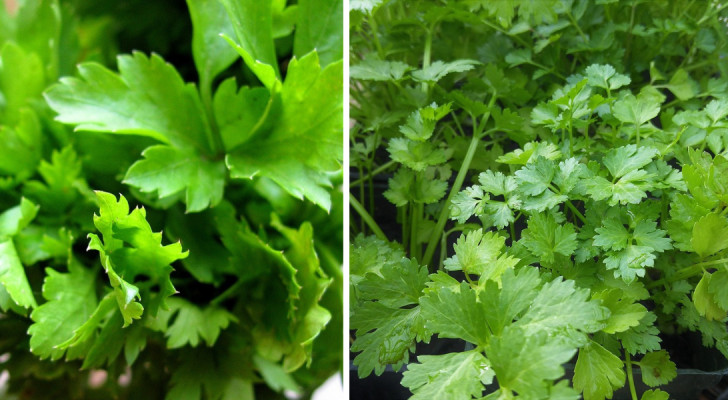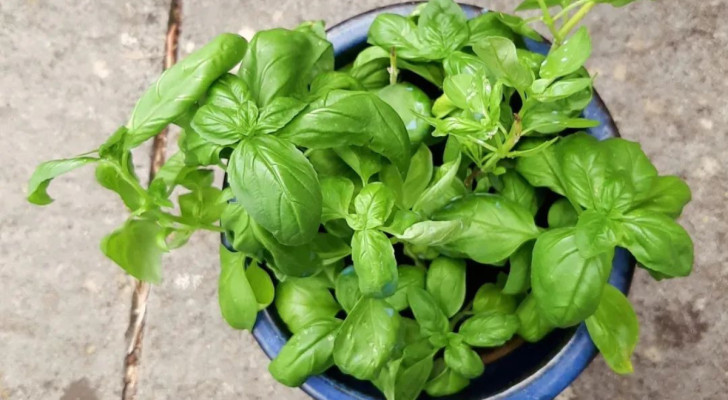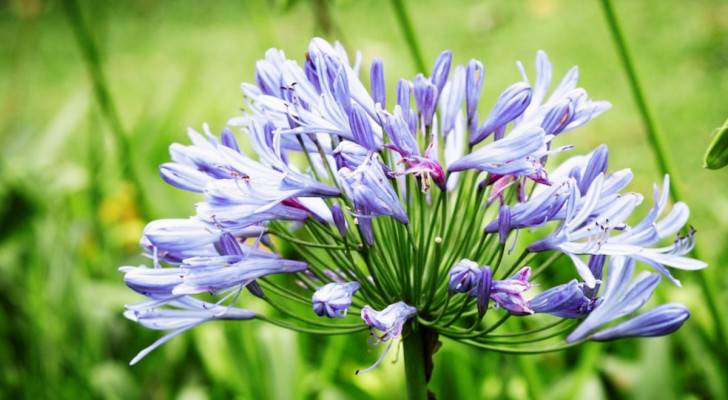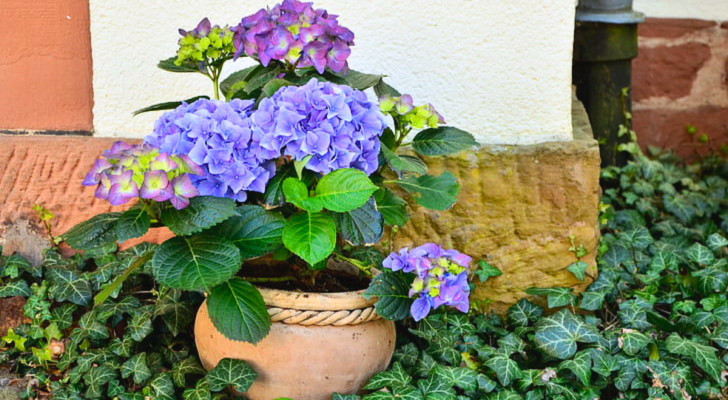Are the roots of your orchid rotten? Well, you can save it by following this treatment method
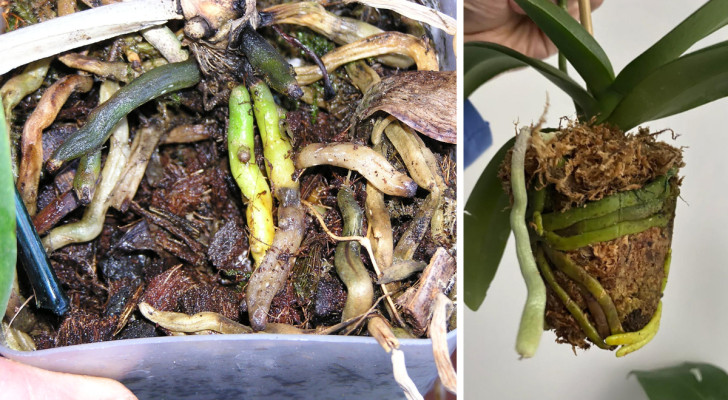
Orchids are amongst the most beloved of houseplants due to their beauty and spectacular flowers. But being delicate, orchids can easily wither and die if not cared for properly.
Root rot is one of the main causes of orchids dying: but if you act promptly and correctly, you can save your orchids.
Let's find out how to deal with this disease:
Causes of rotted orchid roots
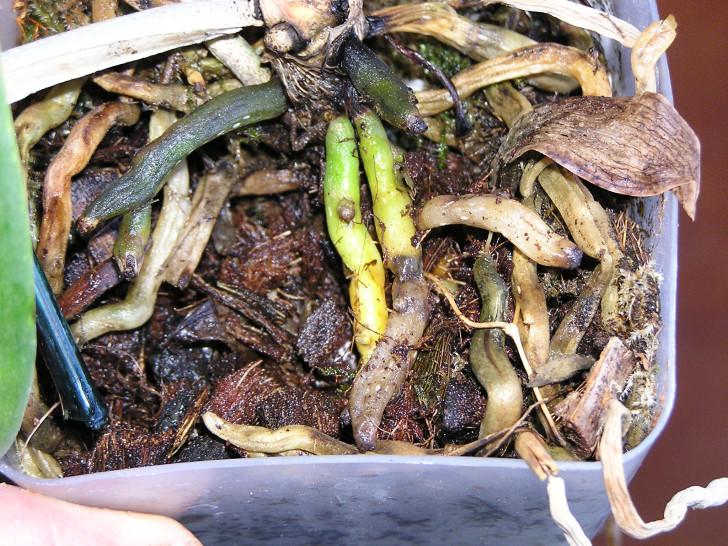
When the roots of an orchid begin to rot (root rot), it could quickly die if not treated promptly. The main cause of root rot is excess humidity, usually due to over-watering. The best way to avoid this is to carefully inspect your orchids and water them only when the roots turn grey (and not while they are still green).
The signs of root rot are not always immediately visible, but rotten roots will not be able to absorb nutrients from the soil. Soon, the affected orchid will show signs of nutrient deficiencies: its leaves will turn yellow, dry out and fall off; flower buds will also fall without blooming.
How to save an orchid with root rot
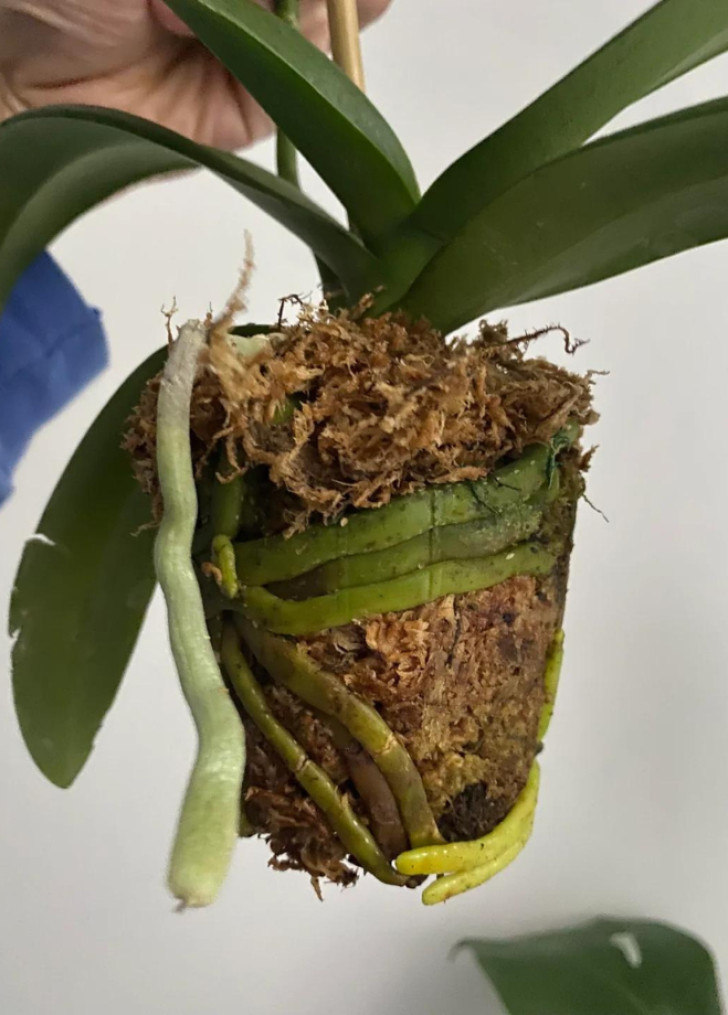
As stated above, the key to success is to act promptly. The treatment method is quite simple:
- first of all, remove the plant from its pot, paying close attention not to damage the roots any further; then, carefully remove the growing medium (soil, in most cases), leaving the roots completely free;
- take some very sharp and sterilized scissors or shears and cut off all the rotted roots, taking great care not to damage healthy roots. Sterilize your scissors/shears after each cut in boiling water, denatured alcohol or bleach;
- once all the soft, mushy or brown roots have been removed, it is necessary to treat all the remaining roots with a fungicide, to prevent the fungus responsible for root rot from spreading to the healthy roots;
- leave the orchid on a dry, clean sheet of newspaper for up to one day, in a cool, shaded, dry location so that the roots can dry out completely;
- get a new pot of the right size for the plant (remembering that orchids don't like too much space around their roots), and sterilize it by washing it with hot water and soap (or with a few drops of bleach diluted in water);
- put a bark substrate into the pot, and repot your orchid by transferring to the center of this substrate. Add soil to the edges, being careful not to damage the roots and press down gently to help anchor the roots in the soil;
- place your plant in a sunny place (but away from direct sunlight) and wait for it to completely recover before fertilizing. Watering should also be done only 2 weeks after the repotting.
Thanks to this treatment, your orchids with root rot will almost certainly recover and thrive again.
